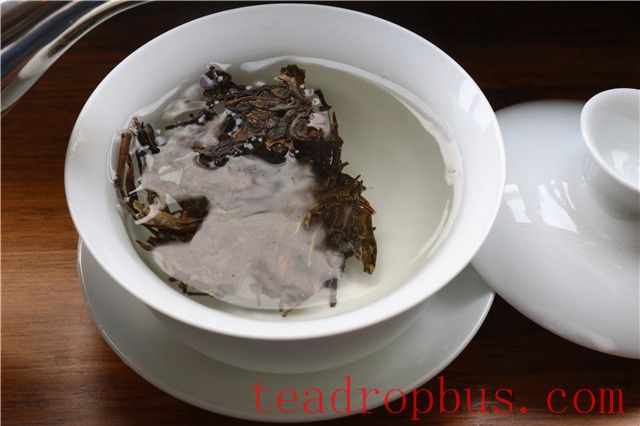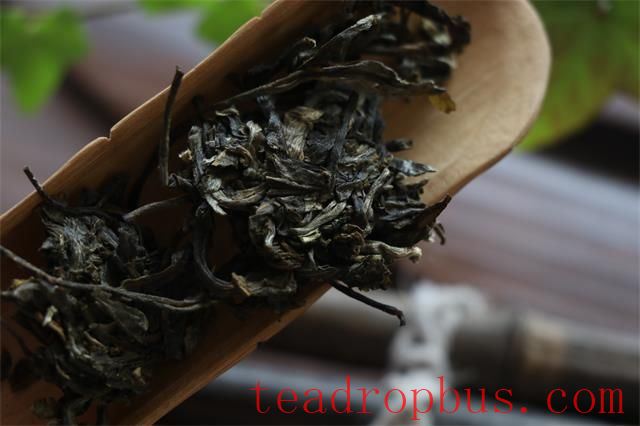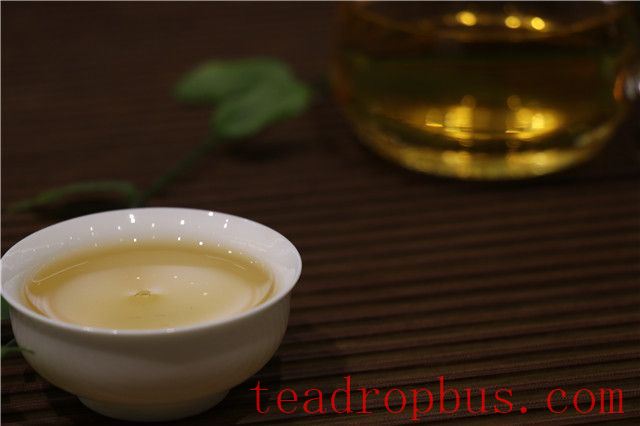Chinese Tea culture is profound and extensive, with both Tea brewing and drinking being very particular processes. However, regardless of the type of tea, three points remain constant: rinsing the tea, awakening the tea, and moistening the tea.
Discarding the first infusion, what exactly is this action for? Is it to wash the tea clean, awaken it, or moisten it?
Regarding this question, most people hold their own views. In fact, people have been debating this issue since ancient times. Below, we will explore together what the differences are between rinsing tea, awakening tea, and moistening tea.
When brewing tea, many people discard the first infusion. Is this to rinse the tea, awaken it, or moisten it?
This much-debated question has actually been a subject of study since ancient times, which shows the wisdom of our ancestors.

Rinsing Tea
The term “rinsing tea” often leads people to mistakenly believe that the tea is unclean. In reality, it is an embodiment of China's 5,000-year-old culinary culture in Tea culture, encompassing the spiritual essence of Chinese tea ceremony.
The primary culinary culture thought and aesthetic sensibilities of China from ancient times include two main aspects: food must be hygienic, and attention should be paid to ingredient selection and cooking methods. The process of rinsing tea is a form of expression of this culinary culture in Tea drinking.

Awakening Tea
The purpose of rinsing away the chilliness of the tea is known as “awakening the tea.” How can tea have a chilliness? After tea leaves are processed, they are typically not consumed immediately. Freshly processed tea leaves have a significant heatiness, so they are usually stored for some time before consumption. After a period of storage, the heatiness fades but a chilliness may develop, especially if stored for a long time, which can result in staleness. In modern times, tea leaves are often stored in refrigerators, further adding to their coldness.
If the tea is directly brewed and consumed at this point, its taste and aroma won't be optimal. Therefore, after storing the tea for a period of time, it needs to “wake up,” shedding its chilliness before brewing, resulting in better aroma and flavor.

Moistening Tea
When brewing tea, allowing the leaves to first soak and expand makes it easier to extract their flavor. This process of moistening the tea facilitates the release of tea juices, ensuring that the subsequent brew achieves a better aroma and flavor more quickly.
Nowadays, discarding the first infusion is often understood as washing away dirt from the tea leaves. However, this is not the case. The practice of rinsing tea has existed since ancient times, serving purposes beyond mere “dust removal.” It is primarily aimed at enhancing the aroma and taste of the tea, making the terms “moistening tea” or “awakening tea” more appropriate.